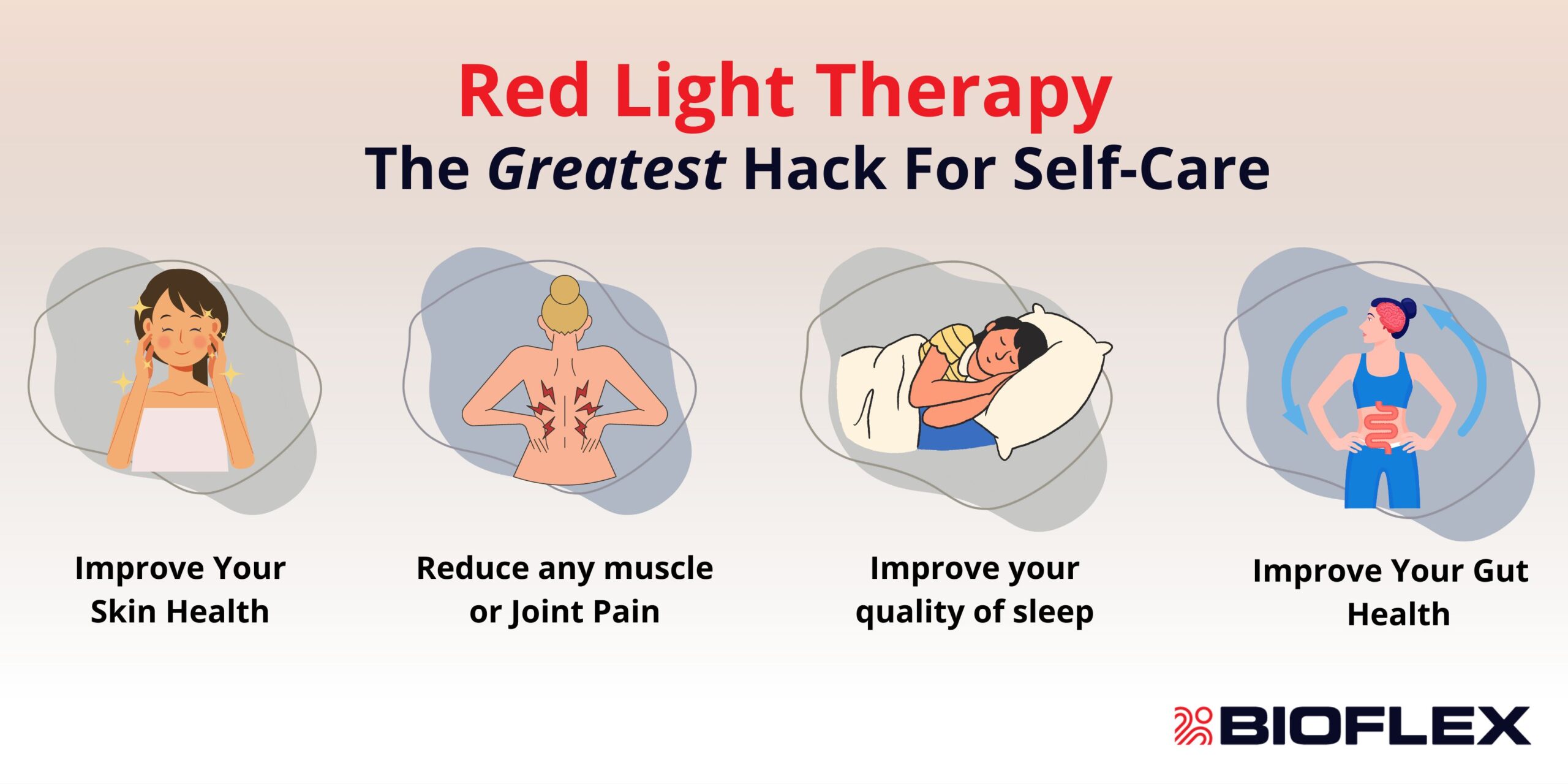Acne is a skin disorder that can affect both adolescents and adults. It can be a challenge to manage, and sometimes traditional treatments may not be effective or have unwanted side effects. However, a new non-invasive treatment known as Low-Level Laser/Light or Photobiomodulation or Red Light Therapy (LLLT/PBMT/RLT) has shown promising results in combating acne. This therapy involves using light energy of red and near-infrared wavelengths to target the bacteria and inflammation responsible for acne. In this blog post, we will explore the benefits of LLLT as a treatment option for acne and how it works to give you clearer, healthier-looking skin.


What Is Low-Level Laser/Light Therapy (LLLT)?
LLLT is a non-invasive treatment that can use low-power laser or LED light to stimulate healing and reduce inflammation. LLLT has been used to treat a variety of medical conditions, including acne vulgaris. According to research, LLLT has a beneficial effect on the treatment of acne lesions. LLLT usage shows a significant reduction in acne lesions. LLLT works by stimulating cell signaling and growth factor synthesis while reducing oxidative stress. It also decreases sebum excretion, making it a safe and effective option for the treatment of acne vulgaris.
The prevalence of acne vulgaris
Acne vulgaris is a skin issue that affects a large number of people worldwide. According to the Global Burden of Disease Study, it is the eighth most commonly diagnosed skin disease. It affects almost 10% of the world’s population across all age groups. Acne can persist up to the fifth decade of life, known as adult acne. Acne eruptions, their causes, severity, location, and their impact on the mental health of patients are major therapeutic issues. Fortunately, there are different existing acne treatment methods, including Low-Level Laser/Light Therapy, which is a safe and non-invasive treatment.Comparison of Red and Infrared Wavelengths LLLT in the Treatment of Acne Vulgaris
LLLT is gaining popularity in the treatment of acne vulgaris. It has beneficial effects on healing and decreasing symptoms of acne lesions. In a single-blind randomized clinical trial, red and near infrared wavelengths (630 and 890 nm) of LLLT were evaluated in the treatment of acne vulgaris. The study found that both these wavelengths resulted in: “Significant improvements in acne lesions (assessed as non-inflammatory and inflammatory lesion counts) and a significant decrease in skin sebum excretion were observed after the treatment.” . The study concluded that “LLLT may be a safe and effective non-invasive therapy option for acne vulgaris.” Therefore, individuals with mild to moderate acne vulgaris can opt for LLLT treatment with confidence.The Anti-Acne Effect of Near-Infrared Low-Level Laser/Light Therapy
As a non-invasive and safe option, LLLT offers a promising alternative to systemic and topical therapies for acne vulgaris. The anti-acne effect of LLLT is attributed to photobiomodulation, which stimulates cell signaling and growth factor synthesis while reducing oxidative stress. Low-Level Laser/Light Therapy has shown to decrease acne lesions and sebum excretion, thereby improving the condition of the patient’s skin.III. How Does LLLT Work in Treating Acne?
Photomodulation therapy (PBMT) is the research name given to Low Level Laser/Light Therapy which is considered a non-invasive therapy that uses light to stimulate cells that are injured, diseased or infected. According to an article published on the PMC website, PBM can activate stem cells, promoting tissue repair and healing. By reducing oxidative stress and inflammation, PBMT can improve various skin conditions such as acne vulgaris. “LLLT can reduce UV damage both as a treatment and as a prophylaxis. Inflammatory diseases such as psoriasis and acne can also benefit. The non-invasive nature and almost complete absence of side-effects encourages further testing in dermatology.” PBMT’s ability to reduce acne lesions and decrease sebum excretion make it a safe and effective alternative to traditional acne treatments.Stimulation of cell signaling and growth factor synthesis
LLLT stimulates cell signaling and growth factor synthesis, which in turn leads to increased tissue repair and healing. The use of red and near-infrared wavelengths triggers the activation of the aerobic respiration enzyme cytochrome c oxidase, leading to the production of NO, ROS, and ATP in the mitochondria. LLLT has beneficial effects on wrinkles, acne scars, hypertrophic scars, and healing of burns. It can also reduce UV damage and increase pigmentation in pigmentary disorders such as vitiligo, and reduce inflammation in psoriasis and acne. LLLT is also a promising adjuvant treatment for wound healing and tissue regeneration, enhancing and supporting the existing medicinal treatments.
